Catching Up With: Adger Cowans
John Willenbecher sent a note about the recent Whitney show Working Together: The Photographers of the Kamoinge Workshop, which features the photographs of longtime Tribecan Adger Cowans, who lived on West Broadway and Thomas for 44 years till 2016. Adger was good enough to take my call, and soon I will convert our conversation to a podcast, because you really should hear all this straight from the source.
As a young man in Columbus, Ohio, in the early ’50s, Adger Cowans was already on track to be an artist — his talent at the piano and on the trumpet had scored him a full ride to college. But a last minute switch to Ohio University to study photography, made for entirely practical reasons, turned out to be what I would call an epiphany, or at the very least a fortuitous moment. It was there, after a couple years of partying, that photography really took hold of him, and he never looked back.
“You’re looking in on someone’s mind when you take a picture,” Adger says. “I learned a lot about people, and it gave me a window into who they were, and that got me really excited. My junior year I realized I could do something that could move people so I began to study more and think more about it — and it became a thing for me, I wanted to understand people more. And photography was a way to do that.”
When he graduated he was all set to come to New York — “We were going to New York a lot already because if Miles David was at Carnegie Hall or Thelonious Monk was at the Five Spot, we would drive in for the weekend” — but his uncle suggested he find a Black photographer to serve as a mentor. Adger asked his teacher for a suggestion and he came up with a name: a guy at Life magazine called Gordon Parks. He wrote Parks a letter, and he said to let him know when he was set to arrive — Parks would meet him at the train station.
“I saw a Black man driving around the corner with shades on in a powder blue Corvette with white leather interior and I thought, yeah, this is what I want to do.”
At that time, Parks was living in White Plains and invited Adger to stay there with him and work alongside him at Life, and as Adger says, that was that. The whole thing was interrupted by the Navy, when he was enlisted to serve two years. Still, Parks rubbed off on him in that short time, and opened up the world of commercial photography — and more importantly how to survive as a Black man in an entirely white industry.
“Gordon was my creative father,” Adger says. “I learned now to take negative energy and turn it into positive work. He was never my teacher as a photographer but as a person who taught me how to navigate the world. Gordon had worked on the front lines of racism — he had been all over the world as a Black man and had to put up with all kinds of stuff. I asked him how he dealt with that and he said he never took any of it personally. And he turned most of the negative feelings into his work. And that really gave me a lot to work with.”
Those lessons were put to the test quick. Adger found he couldn’t get jobs at a lot of magazines, and the Black magazines were not accepting the kind of work he liked to do. But by chance Diana Vreeland saw his photographs in a window on 57th Street — the Hallmark store there would show photographers — and she called him in. “As soon as she saw me she said, ‘Oh my god, I didn’t know you were colored. I can’t send you down south to photograph white women,’ and I said, ‘I don’t want to go down south!'” So Vreeland gave him some jobs in the Vogue studios and by accident there he discovered the motion picture world. It was in that industry — shooting the still photographs for 30-some-odd films including The Way We Were, On Golden Pond, The Eyes of Laura Mars — that he made a living out of photography — and got to do the kind of work he wanted to do.
“Photography was everything to me,” Adger says. “I shot when I was happy and shot when I was sad. I would buy film before I would buy food. That’s just the way it was.”
So enter Tribeca. Adger was living in a two-room attic on 86th and Riverside when a lady friend — his term — was leaving her loft downtown. It was 900 square feet on the corner of West Broadway and Thomas, across from the Towers Cafeteria, and its size allowed him to build a dark room under his loft bed. He paid $125 a month starting in 1972. (The last rent check he paid was $3200 in 2016, and when the landlord asked for $5K, he left for Bridgeport, where he has twice the space for a little more than $1000.)
The scene here in the ’70s, he says, was both desolate and wild. You couldn’t get a cab to take you south of Canal, but you could sit out on the cobblestones on the weekends, or hang out at the beach that would eventually become Battery Park City or get whatever drug you needed at a bar on Duane and West Broadway — he couldn’t recall the name.
“Everybody down here was a character at that time, but you could get a big space to work in if you were willing to fix it up yourself,” Adger says. “I knew everybody — we were all down here. I used to see Andy Warhol all the time, Agnes Denes and David Hammons did some works over there by the river. We would hang out there and sunbathe. Whatever it was, I was there.”
Fast forward a couple decades, to 2001. Adger recalls sitting in his tub taking a bath — he had found an old iron tub that was big enough for him to lay down with his full body submerged with just his neck out — when he heard his neighbor’s dog barking out the window. He hesitated for a minute, but then grabbed his camera and went out to the street where a crowd had already gathered.
“I had been in the war so I knew what that sounded like,” he recalls. “I put my 180 lens on and as soon as I pressed the button it happened. And then the whole thing started to crash down. I ran upstairs, closed my window and started heading uptown. I’ll never forget that smell. It was in my loft for a long time.”
The neighborhood changed, of course, over those years but he still loved it. “You’re close to everything — and it was quiet before it got noisy, and then it got noisy, and then everyone wanted to move down here — doctors, lawyers and Indian chiefs — but I still loved Tribeca.”
The impetus for the show up now at the Whitney really started in the ’60s, when he and a group of Black photographers formed a collective to support each other. They named it “Kamoinge,” which translates to “a group of people acting together” in the language of the Kikuyu people of Kenya, and in the early years, the members met regularly to show and discuss each other’s work and to share their technical and professional experience. But it was not till several decades later when one member, Louis Draper, died, that the art world tuned in. After Draper’s death, his sister gave all his works to the Virginia Museum of Fine Arts, and when the curators saw what they had in their hands — and that there was a collective behind it — they secured a grant to show the work.
“They knew they had to get on board and step up,” Adger says of the museums now, especially in light of Black Lives Matter.
“I think times have changed and the museums realize they don’t have work of African American artists in their collection and they should. They have egg on their face. How can you ignore these people who have been here and have done quality work, and they’ve been doing it all along? That’s the way it’s been and with the women too. Women had to fight to be shown too. They would look at African American artists and say, ‘what do they do, take pictures of Black people?’ Well I think this show proved that African American artists have been doing as good work right alongside these white artists, as their contemporaries.”
When Adger started in photography, it was not even considered an art form — in fact, he says, most of the art world considered it crass. Photographers would argue otherwise, but there were no galleries and barely a museum showing photographs. “It didn’t happen until Ansel Adams was on the cover of Time magazine, that’s when it all changed. That was 1979. He had a picture called ‘Moonrise, Hernandez’ and he sold it for $1500 and people went crazy. How could you pay $1500 for a photograph? He can make another one!”
In those days, he said, you were either committed or you weren’t. And he was committed. Still is. Art, he says, is an old man’s game — you have to last. “I’m still walking and talking. I’m just older, that’s all,” he says. “I’m going to be shooting till they put me in the ground.”
He’s now photographing light as form — light reflected off other objects to make shapes, as well as waves, shadows, structures — and working on a book of his fine art photography. He keeps his body healthy and his heart open, he says. That’s where the inspiration comes from. “I tell my students all the time: You don’t take pictures with your eyes — you take pictures with your heart. If you go around the world and open your heart up, you will be better off in terms of being an artist.”
And maybe that move to a quieter spot has paid off too.
“Everybody has spirit, but it’s connecting with that spirit that makes the artist. You have to listen to it, and tune out the outside noise. We are all so busy on the outside, and you have to slow down and listen to that little voice inside you. It’s a feeling, it’s energy. And you can feel somebody when your heart is really open. That’s what I believe.”







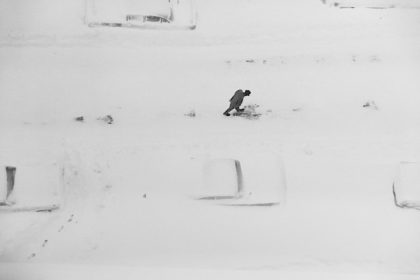
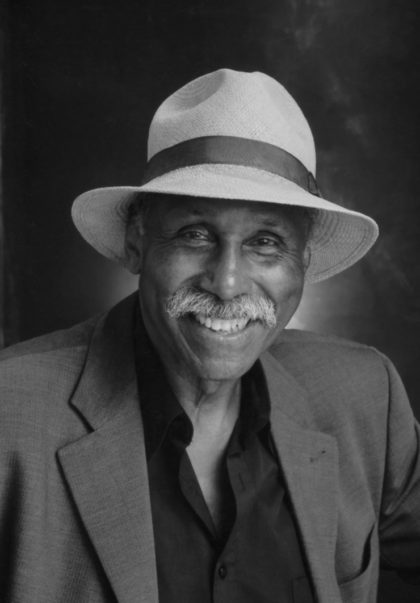
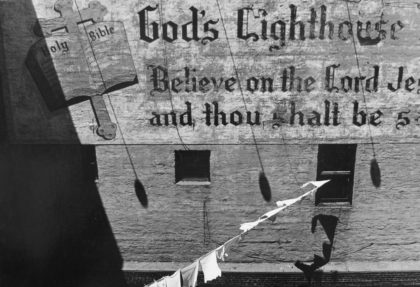
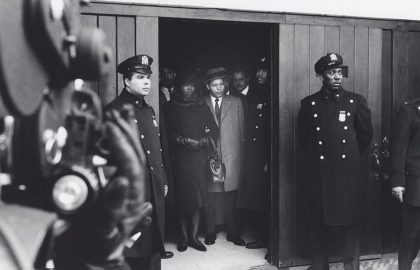
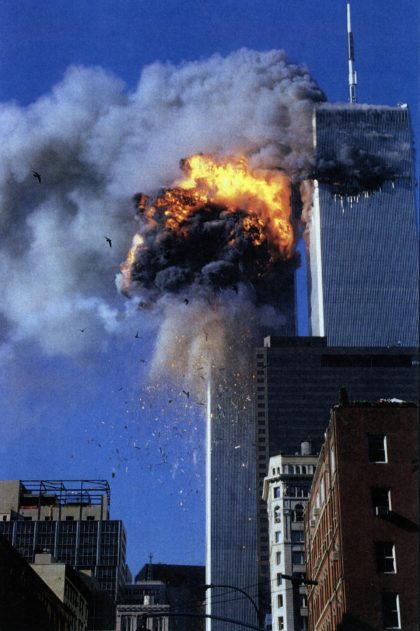
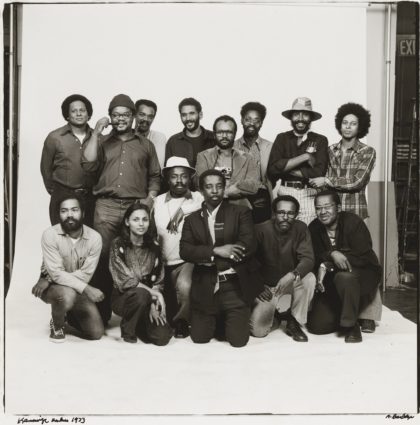







I just love all these features about the creative history of Tribeca! Thank you!
Hi Ajax,
Greetings from California!
The German girl with fat ankles
WOW! You’ve continued to be true to yourself and it is reflected in your work. Trying to catch up with my hometown friend, especially since I relocated back. Peace to you and yours. Let’s hear from you!
Jeri